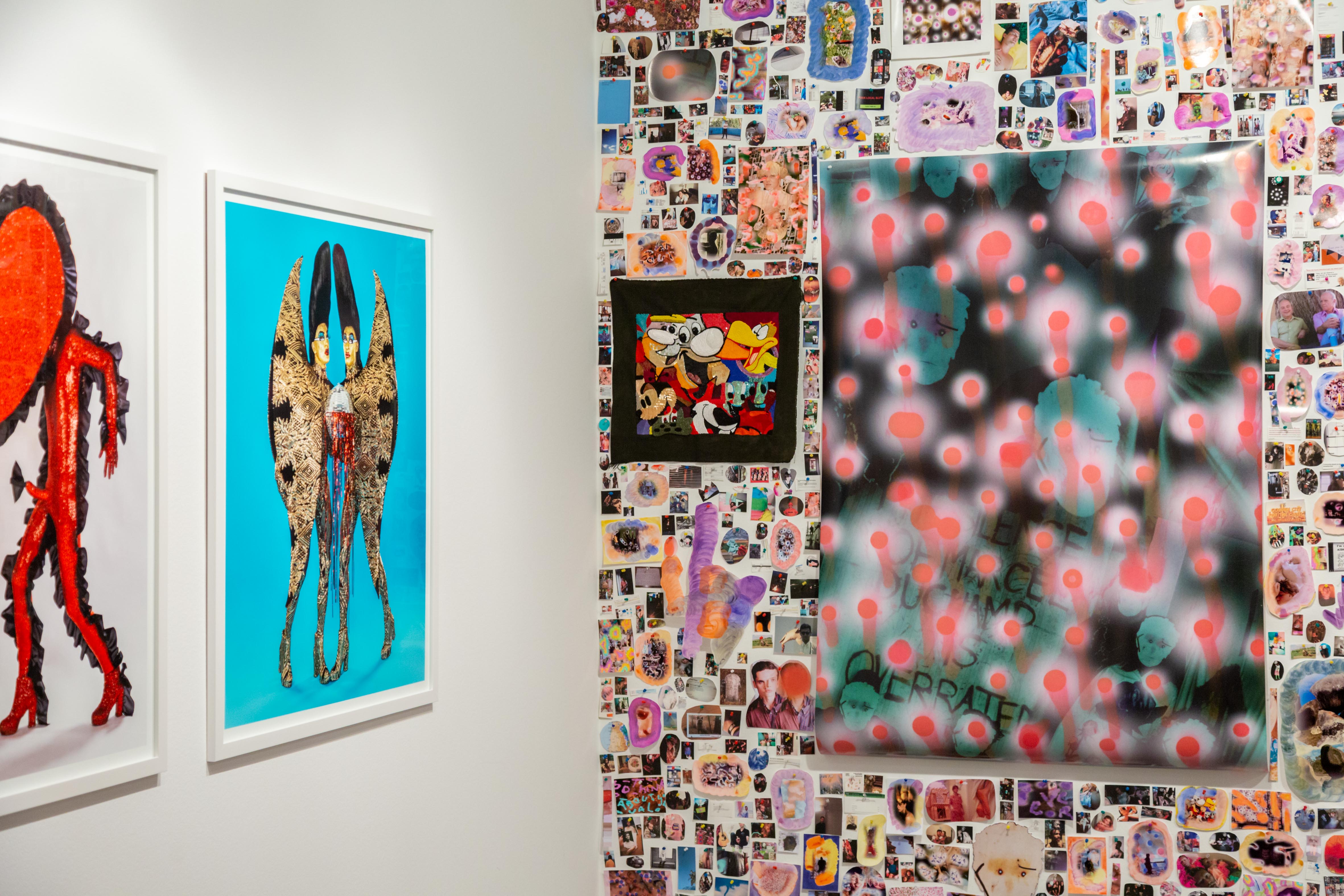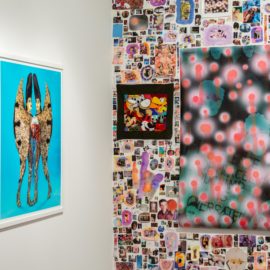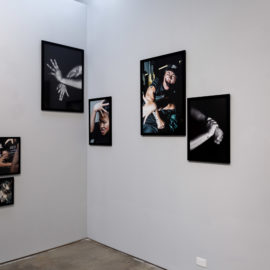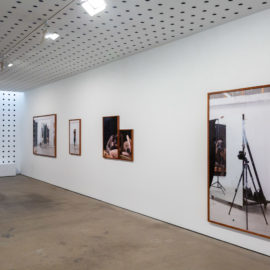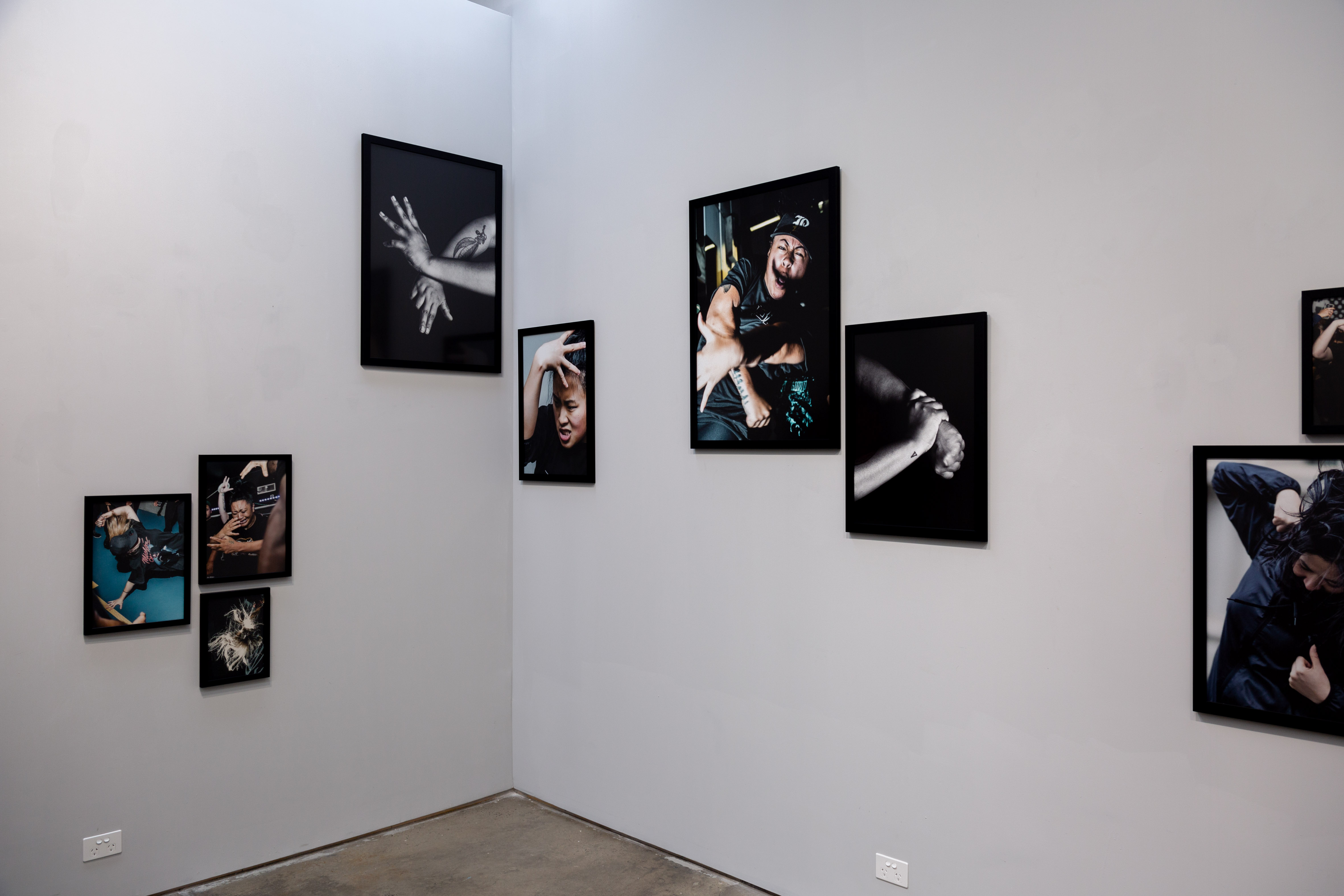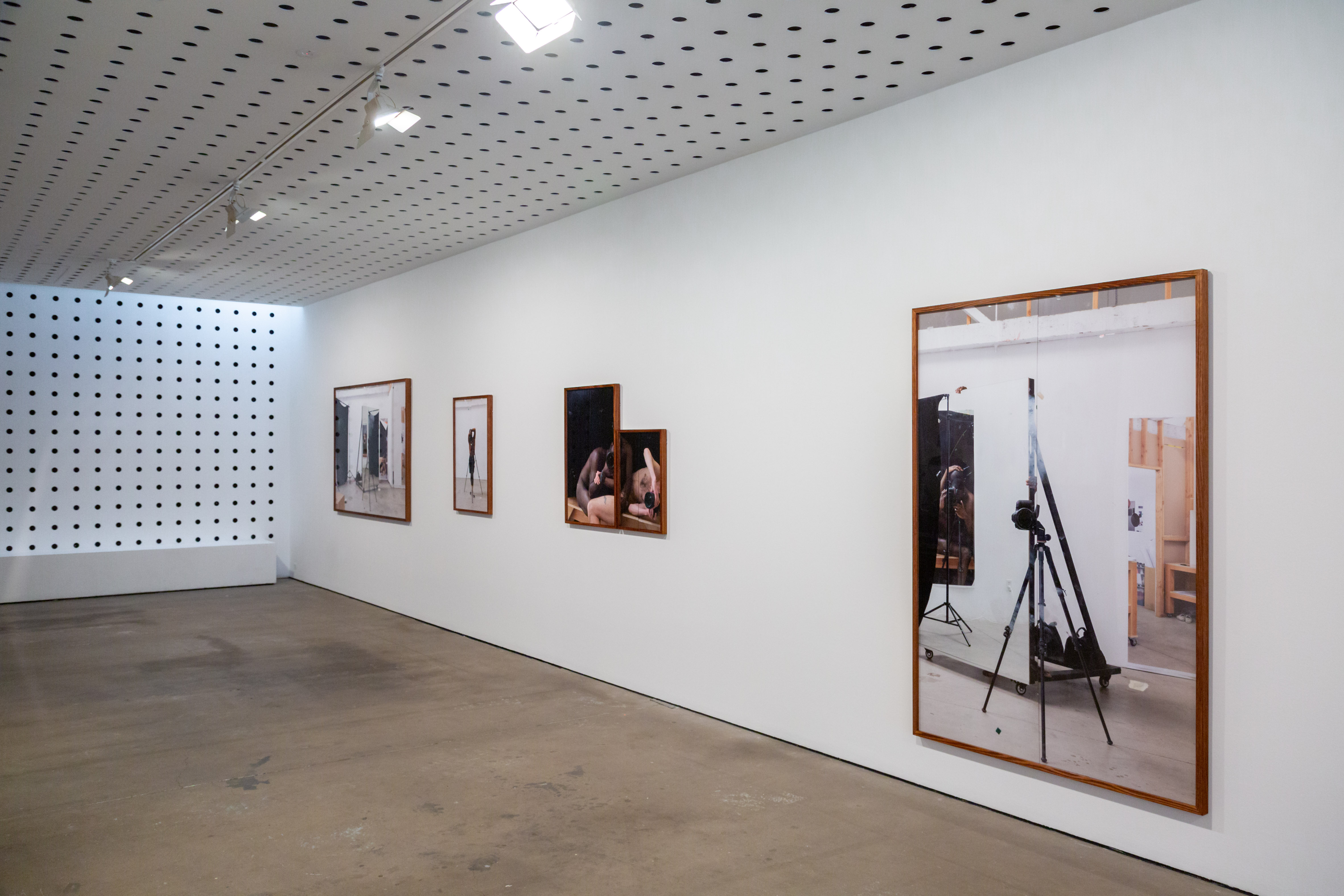One exhibition that caught my attention was New Photographers, a new initiative by PHOTO 2022 to feature emerging local photographers from Australia’s leading art colleges. Of note was Rachel Main’s work Session Queens, an interactive project that exists both online, and as a physical exhibition and performance. The show brings the energy and vibrations of the Australian and New Zealand Krump scene to the fore. The portraits and isolated hand gestures create an immediate, upfront and intense atmosphere. The trust Main built within these communities is revealed through tight cropping and intense portraits. One of the highlights of the festival was a live performance by the Krump community on opening night.
Another project that stood out from New Photographers was Jahkarli Romanis, who investigates technological perspectives of land and country through google earth renditions of the landscape. As the images fail to fully describe, categorise or explicate an experience, we are reminded of the enmeshment of mapping and the colonial gaze.
The second highlight for me was the Centre for Contemporary Photography’s suite of shows – Queering the Frame: Community, Time, Photography, curated by Brendan McLeary. The show features Australian artists Helen Grace, Samuel Hodge, The Huxleys, Brook Andrew, J Davies, and Shannon May Powell. And accompanying this, two smaller solo shows by international artists Paul Mpagi Sepuya and Martine Gutierrez.

